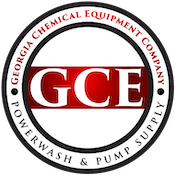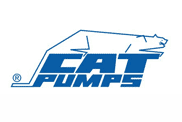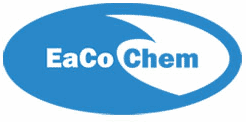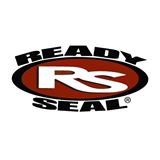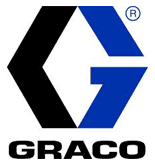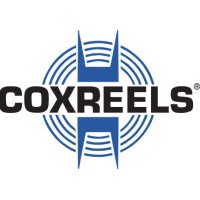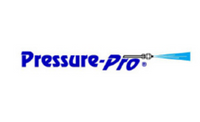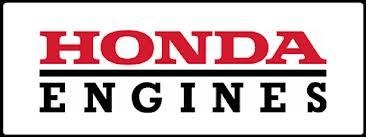It’s Winter, So Let’s Talk About Deicers
Many of you work through the Winter months and therefore you are working outside with water in the cold that can freeze into ice. So at some point, you are going to have to face the issue of having ice in and around your work areas even when using hot water machines.
To counter the water freezing you most likely will want to use a deicing product, like ice melt, to keep things safe.

But there is a right and wrong way to use these products and many different types of ice melts to choose from so let’s go over them now.
Nearly all deicers are made from one, or a blend of, five chemical materials: calcium chloride, sodium chloride, potassium chloride, magnesium chloride, and urea. What makes these products different is how quickly they work and at what temperatures. This is determined by whether the deicer releases or absorbs heat upon contact with snow and ice.
The fastest acting are the exothermic deicers, which release heat via chemical reaction and are effective at the widest range of temperatures. Calcium chloride granules for instance are effective down to -25 degrees Fahrenheit. Faster-acting, lower-temp products will cost you more as a rule.

The slower-acting deicers are the endothermic or those that need the sun’s heat to break down ice into brine. These work more slowly and since they depend on the sun may not work when you need them to. These will be less expensive and have a higher effective temperature range, like sodium chloride granules that only get down to about -20 degrees Fahrenheit.
There is also the consideration of residue. You do not want to leave your customer with a mess to clean up after you have cleaned their property so well. Some ice melt like those containing sodium chloride will leave a white powdery residue that if tracked into a home or business can damage floor finishes and carpet fibers. Calcium chloride and magnesium chloride can leave behind an oily residue that can damage urethane or wax finishes used on wood floors can be very slippery on hard surfaces and is a dirt attracter in carpets.

Make sure your customers are aware that you have used a deicing product on their property and instruct them to wipe their feet so as not to track the residue into their location and to rinse the product off once the temperatures have risen enough for ice to no longer be an issue. If possible you should do the rinsing to remove the product yourself before leaving the job. But do what is safest.
Now let us move back to the correct way to use these products.
Application is key to getting the best result at the lowest possible cost. I know it is hard, but the first thing you need to do is read the directions for that specific product. Just because you have used a deicer in the past does not mean the one you are planning on using now is applied in the same way.
Many that you have been using require you to wear gloves, like with calcium or magnesium chloride but some newer “Green” products are safe to handle. Check to see if the product lists any surface it can not be applied on, like concrete less than a year old or asphalt. There are shaker bottles you can use to keep your hands off the products as well.

More is not better with deicers. Know what the coverage ratios are for the product, which can vary greatly, for instance, 2 lbs per 100 square feet vs. 4 lbs per 500. I think it is best to use a mechanical spreader and not just your hands or a scoop to get the best distribution of the product. I suggest buying a cheap hand crank seed spreader and storing it with the deicer. 
You also do not have to cover the entire work area. Around the edges and a few passes down the middle or in pie cuts will be enough as the product will dissolve with the ice into liquid and spread out treating the entire work area. If you are spreading it out as a preventative place where the water is most likely be, to collect and freeze.
Check out some of the newer deicers that now can come in colors, making it easier to see where they have been applied and are much safer for us, landscape, and pets. There are even liquids that you could apply with a pump-up sprayer on top of any areas you get wet to prevent them from freezing over.


But the biggest mistake contractors make with deicers is not using them at all. Do not set yourself up for a lawsuit or employee injury just because you don’t want to spend a few bucks to remove or keep ice out of your work area on a job.
Here is to all of you having a safe Winter.
